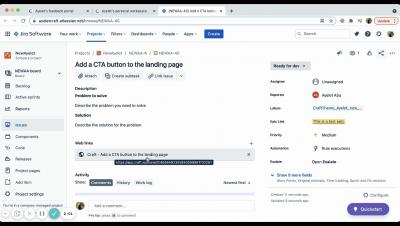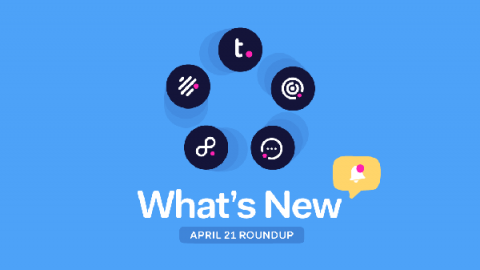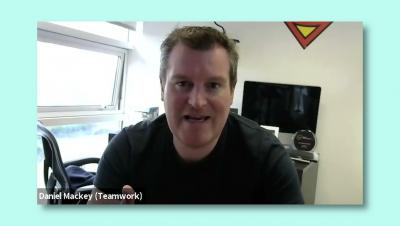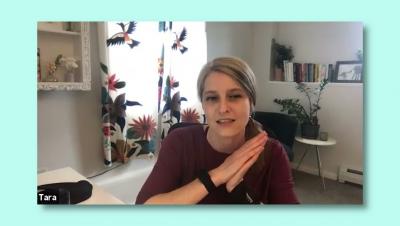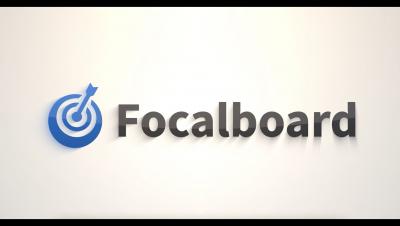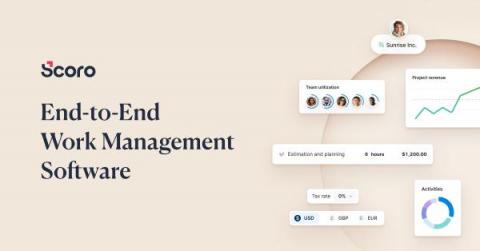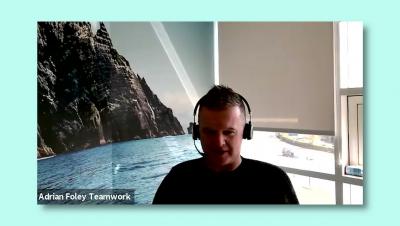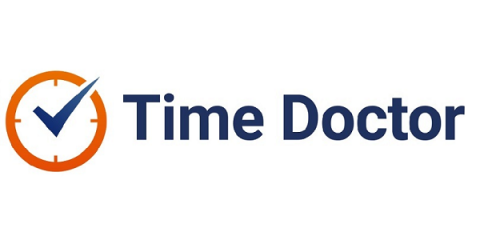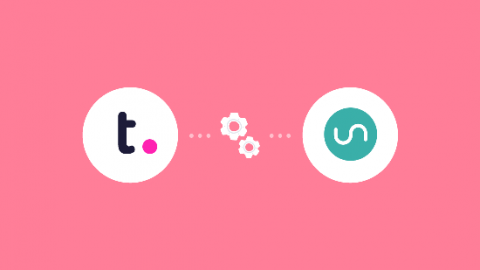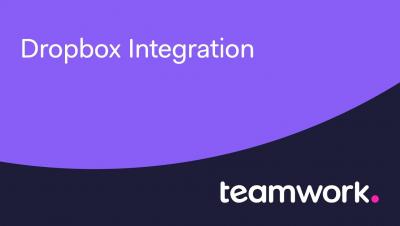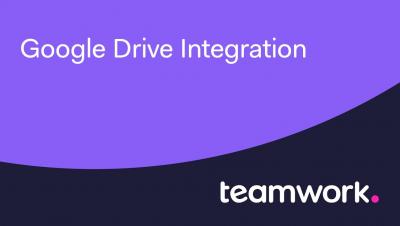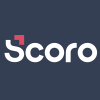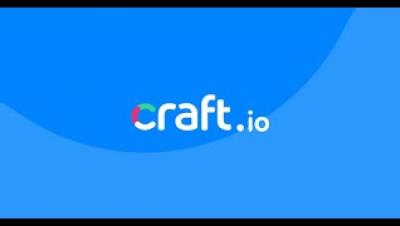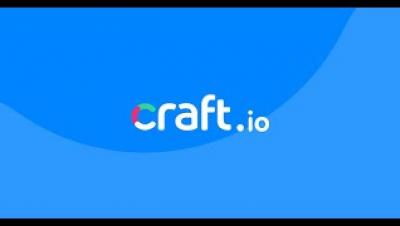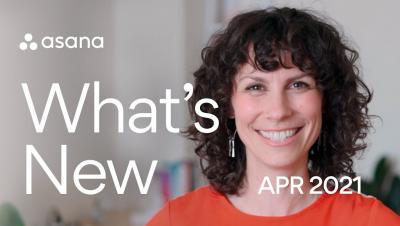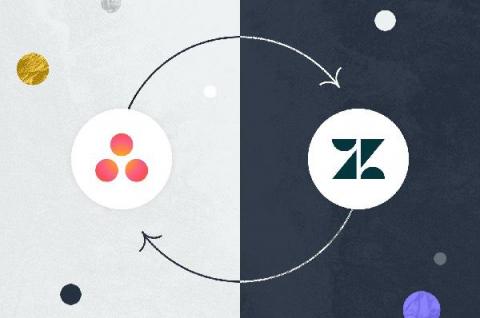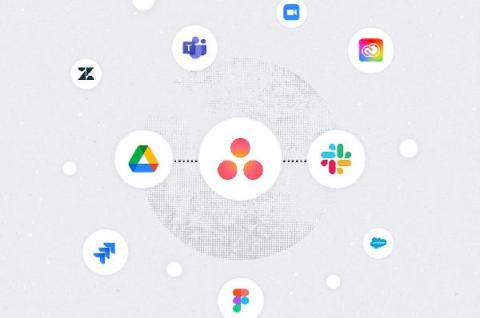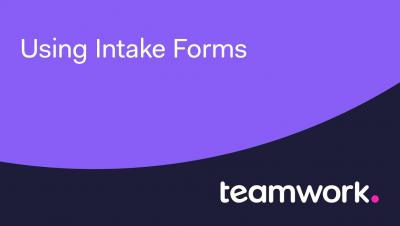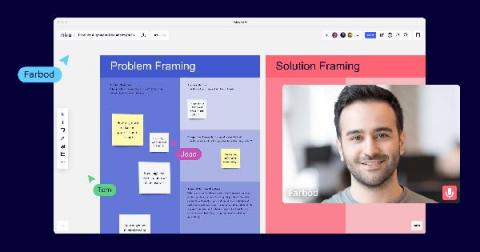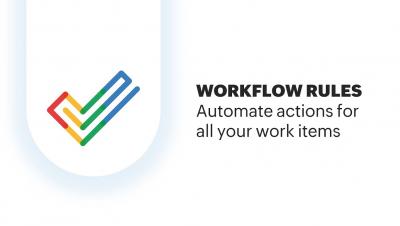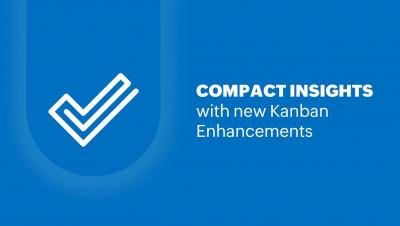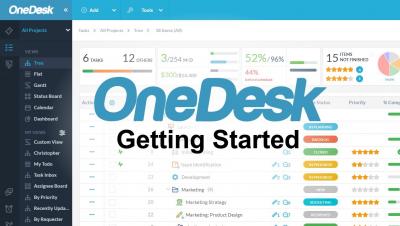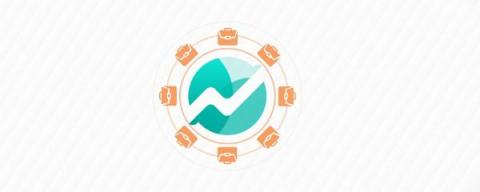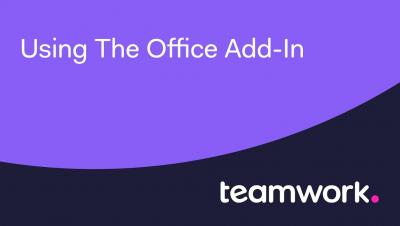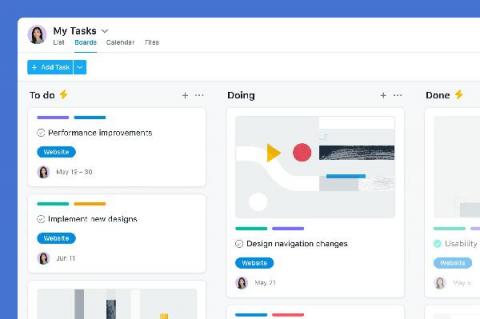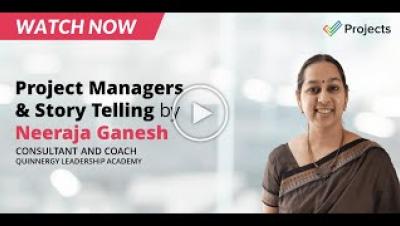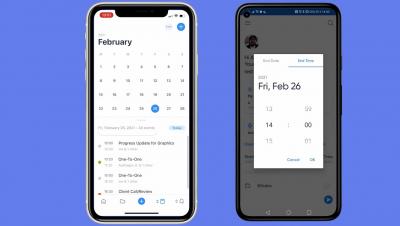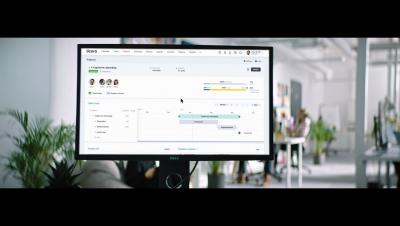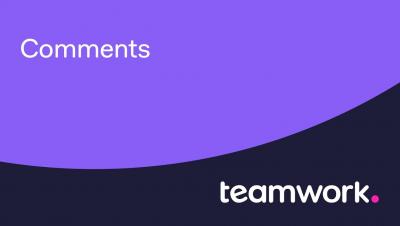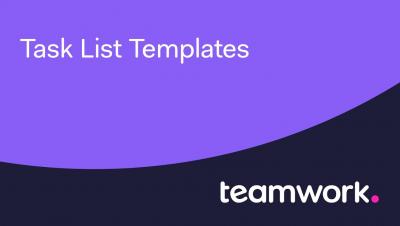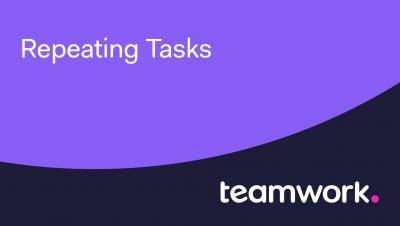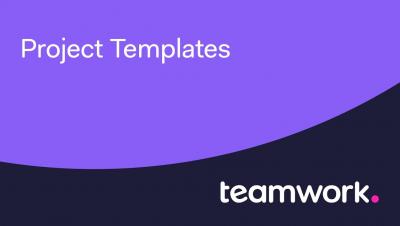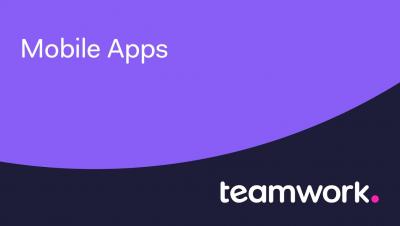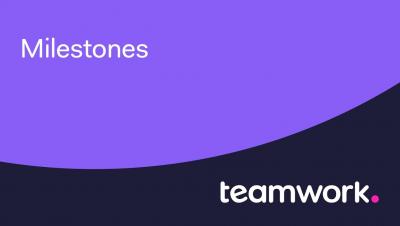Teams | Collaboration | Customer Service | Project Management
April 2021
What's new to the Teamwork Platform
Over the last month, we’ve released some exciting new features, like Intake Forms, and we’ve significantly enhanced existing features such as the Teamwork Notebook Editor, and added a lot more functionality to our reports, mobile apps, and more.
Simplify work requests with Teamwork's Intake Forms
Struggling to get all the details on new incoming task requests for you and your team? When you go to review the tasks, are they missing vital information that would allow you to take action? Stop losing time going back and forth searching for project details and say hello to the new Teamwork feature: Intake Forms. It’s never been easier to gather information by personalizing the intake form associated with your project.
Easily create, edit, and collaborate on content with the new Teamwork Notebook Editor
How important is it to seamlessly collaborate on documents in real-time with your team? Very important, right? That’s why Teamwork has revamped the entire Notebooks feature! Now your team can easily create a space for essential information with the new collaborative and simplified editor. Host your team’s documents and use the new searchable table view to quickly find and digest the information.
Teamwork Leadership Team's Well-being Tips - Daniel Mackey CTO / Co-Founder
Teamwork Leadership Team's Well-being Tips - Tara Robertson CMO
Focalboard
April 2021 Version Update: Workflow And Usability Improvements | Scoro
In this update, after launching two of the biggest and most significant features yet (hint, we’re talking about the Gantt chart and Customer portal, of course), we’ve been doing some spring cleaning. This means improving and fixing seemingly smaller, yet essential things all over Scoro. See what we’ve been up to.
Teamwork Leadership Team's Well-being Tips - Adrian Foley Head of Sales
8 Proven Tips to Create an Effective Remote Work Plan
With nearly all businesses going remote, it’s essential to have a remote work plan in place. An effective plan helps you deal with various aspects of remote work like managing work schedules, communication, and employee engagement. So with several things to cover, how do you create a plan that best suits your organization? In this article, we’ll explore what a remote work plan is and why you need it.
How to get past "shiny object syndrome" and build what your customers really want
Teamwork and Jira: A Match Made in Integration Heaven
What’s your favorite brand of sneakers? Nikes? Reeboks? Or maybe you’re more of a Converse kind of person? Now, how weird would you feel stepping into someone else’s pair? The same goes for SaaS tools. Everyone has specific apps they’re comfortable in, and it’s never fun to have to jump into a different tool. If you use Teamwork to organize and manage projects, being asked to collaborate with developers in their tool is a lot like walking in a different pair of sneakers.
How Statwax scales digital strategies: 3 tips for better managing client campaigns with Asana
In the world of digital marketing, if your strategies and campaigns aren’t constantly evolving and growing, you’re bound to get left behind by the competition. At Statwax, we’re trusted by fast-moving clients to pivot strategies on a dime and deploy new tactics in order to stay ahead of the curve.
Teamwork - Dropbox Integration
Teamwork - Google Drive Integration
Two Fundamental Project Milestone Templates
Understanding how you manage your projects will help you better manage your Milestones. Whether the endeavor is big or small, a Milestone in project management serves to cap off a workstream and serves as a small point of celebration in the frame of a larger project. Let’s discuss how Milestones can be used, as well as some ideas for popular Milestone templates.
Structured Workplace: How to Plug the Top Six Time Leaks in Your Business
How to scale marketing campaigns and programs with work management
It’s tough to keep any team aligned—whether distributed, remote, or in office—but marketing teams can face particularly unique challenges. With so many different functions, tools, and channels in the marketing world, moving quickly, efficiently, and with everyone on the same page sometimes feels like an impossible task.
How to write a project scope document from scratch (free template included)
Every manager needs a clear scope for every project in their pipeline. Without planning for project scope, how will you manage expectations effectively and avoid problems like increased expenses or missed deadlines? Let's just say no project is perfect. That's why using a project scope template is essential to plan for any surprises or potential setbacks.
Project Management vs. Work Management - What's the Difference?
With a plethora of collaborative tools out there, it’s easy to become bewildered by the sheer volume of choice. What’s more, the definition of “project management” and “work management” in the context of software can be difficult to distinguish. If you’re wondering which type of solution would suit your organization, here’s a handy guide to the main difference between Project Management Software (PMS) and Work Management Software (WMS).
New: Resolve service tickets faster and more accurately with Asana for Zendesk
It’s no secret that effortless customer service takes, well, a lot of effort. To turn an IT request into a quick and effective response, key details need to be shared between the agent and the IT team member responsible for resolving the ticket—often across multiple tools.
How To Maintain Accurate Employee Attendance Records In 2021
Want to learn how to keep accurate employee attendance records? Having precise and up-to-date employee attendance records makes good business sense. And in most countries, including the USA, it’s also a requirement under the law. Unfortunately, many employers see attendance recording as an unnecessary hassle. But it doesn’t have to be! In this article, we’ll explain what employee attendance records are and why you need them.
Connecting the world's teams with clarity: Introducing Asana Partners
It’s been over a year since work as we knew it transformed overnight. Today, distributed work continues to pose challenges for teams and organizations around the world, whether they’re struggling to prioritize work, logging longer hours, or experiencing burnout at higher rates. Contributing to these remote work hurdles, according to the Anatomy of Work Index 2021, is that workers switch between 10 apps—25 times a day—and miss over one-quarter of all deadlines.
Teamwork - Using Intake Forms
Connecting the world's teams with clarity: Introducing Asana Partners
How we do product management at Miro
When I first joined Miro, less than a year ago, we had 3 million users and around 300 employees. A lot has changed since then. We have since grown to approximately 15 million users and 700 employees, making Miro one of the fastest-growing B2B startups in history. With such hyper-growth, there’s an ever-growing need to scale the way we do product. In this article, I’ll walk through the approach that I introduced at Miro a while ago and is currently at the heart of our product strategy.
Workflow Rules in Zoho Projects
Compact Insights: New Kanban Enhancements in Zoho Projects
Work smarter with these intelligent features in Zoho Projects
In the 2020 edition of PMI’s Pulse of the Profession, one of the top three factors that executive leaders attributed to project success was investing in the right technology (32%). However, what’s the right technology for you? This can vary based on your industry, role, type of organization, and nature of work. But the one factor that wins uncontested is the ability of a tool to be adopted by people. In other words, how easily can software be adopted or implemented by your organization?
OneDesk - Getting Started
4 Project Portfolio Templates for Portfolio Management
There’s a wide variety of ways to view all of the endeavors your organization is working on, but viewing all of the work within your company’s wingspan can be quite daunting, and perhaps even meaningless, as it lacks the context and actionability of how your initiatives unfold on a day-to-day basis. Clustering your projects into Portfolios will help your company’s leadership contextualize your efforts, as well as sharpen the focus of those tasks with carrying out the daily driving.
Teamwork - Using The Office Add In
New: My Tasks makes it easier to organize your work, your way
At Asana we’re big on knowing who’s doing what by when—and that includes knowing when your own tasks are due. That’s why we created My Tasks—your one-stop-shop for viewing all of the work assigned to you in one central place. Whether you’re new to Asana or an Asana power user, My Tasks is the best way to make sure none of your work falls through the cracks. View your tasks in List, Calendar, or Board View, and create custom sections to make My Tasks work for you.
Neeraja Ganesh | Project Managers & Storytelling
How to Get the Most Out of TrackingTime Integrations with 2021's Top Project Management Tools
Integrating TrackingTime with other business tools such as Asana, Trello, Google Workspace, or Microsoft Teams will allow you to maintain centralized control of all your work tasks. In other words, you will save up the time you usually waste changing tools and finding or duplicating work in multiple locations. Therefore, you will improve your workflow and decrease procrastination.
NEW Teamwork Native Mobile Apps
Atlassian + MYOB on managing cross-team agile programs
#1 Real-Time Gantt Chart
Scoro has created the first real-time Gantt chart that enables you to compare plans to actual progress, track utilization, save time by automatically rescheduling work, and centralize data into an always-up-to-date view 🚀 See for yourself 👉 https://bit.ly/3dsPXiE
Comments In Teamwork
Task List Templates In Teamwork
Repeating Tasks In Teamwork
Project Templates In Teamwork
Mobile Apps For Teamwork
Milestones In Teamwork
What Is A Hybrid Workforce? (Benefits, Challenges, And Strategies)
Want to know how to build a successful hybrid workforce? Hybrid work has become a buzzword ever since the COVID-19 pandemic. Many large organizations like Google and Twitter have recognized its benefits and adopted these flexible work models. But what is a hybrid workforce, and how can you make it work for you? In this article, we’ll explain what a hybrid workforce is, along with its benefits and challenges. We’ll also share a few strategies for a successful hybrid workforce.
6 habits of successful project managers
Keeping a project on task from start to finish involves a lot of spinning plates. Juggling everything from timelines to team members can be daunting, but for the right kind of person, it can be incredibly rewarding. There’s no secret formula for successful project managers. Instead, it's all about good habits, visualizing the full scale of a project, and understanding the potential roadblocks. Seems simple, right?



